Hognose Snake: Species Profile
Updated on 04/26/24
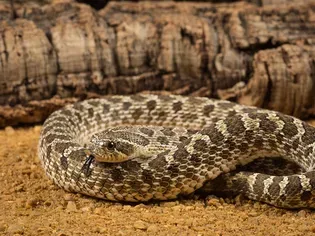
Unveiling the Enigmatic Hognose Snake: A Species Profile
Introduction: Embark on a Journey into the Realm of Hognose Serpents
In the captivating world of reptiles, the hognose snake stands out as a captivating and enigmatic creature. With its endearing appearance, intriguing defensive mechanisms, and fascinating natural history, this snake has captured the attention of reptile hobbyists, herpetologists, and nature enthusiasts alike. In this comprehensive species profile, we delve into the captivating realm of hognose snakes, exploring their unique characteristics, behavior, husbandry requirements, and conservation status.
Chapter 1: Unveiling the Appearance and Natural History of Hognose Snakes
1.1 Physical Attributes: A Symphony of Colours and Patterns
Hognose snakes are remarkable for their striking physical appearance. Their body size ranges from 18 to 36 inches, making them relatively small to medium-sized snakes. The most distinctive feature of hognose snakes is their upturned snout, which they use for digging and burrowing. This upturned snout has earned them the nickname "puff adders" or "flat-headed adders" in some regions.
The coloration of hognose snakes varies significantly among subspecies. Some common colors include brown, olive, gray, and orange. The patterns on their skin can also vary greatly, including blotches, stripes, and crossbars. These diverse patterns provide excellent camouflage, allowing hognose snakes to blend seamlessly into their natural habitats.
1.2 Geographic Distribution: A Snake with a Diverse Range
Hognose snakes are native to North America and can be found in a wide range of habitats, from grasslands and prairies to forests and woodlands. They are most commonly found in the eastern and central United States, extending from North Dakota to Florida. Some subspecies also inhabit parts of Canada and Mexico.
Chapter 2: Understanding the Behavior and Defense Mechanisms of Hognose Snakes
2.1 Feeding Habits: From Live Prey to Mimicry
Hognose snakes are carnivorous predators that primarily feed on small rodents, such as mice and voles. They have specialized fangs that allow them to puncture the skull of their prey and inject venom. However, unlike many other venomous snakes, hognose snakes' venom is not considered dangerous to humans and is primarily used for immobilizing their prey.
In addition to hunting, hognose snakes are also known for their remarkable mimicry. When threatened, they flatten their head and body, hiss loudly, and strike at their perceived attacker. This behavior is a form of defensive mimicry, as it resembles the threat display of venomous snakes such as rattlesnakes or copperheads. This mimicry helps to deter potential predators and allows hognose snakes to escape harm.
2.2 Playing Dead: A Unique Defense Tactic
Perhaps the most fascinating behavior of hognose snakes is their ability to play dead. When they feel threatened, they will roll over on their backs, open their mouths, and release a foul-smelling musk. They will also remain perfectly still, as if they were dead. This unique tactic helps to confuse and deter predators, giving the hognose snake time to escape.
Chapter 3: Exploring the Husbandry Requirements of Hognose Snakes
3.1 Enclosure Setup: Creating a Suitable Home
For those considering keeping hognose snakes as pets, it is essential to provide them with an enclosure that meets their specific needs. The enclosure should be large enough for the snake to move around comfortably. It should also provide a range of temperatures and humidity levels, as well as hiding places and a source of fresh water.
As hognose snakes are burrowers, it is important to provide a substrate that allows them to dig and hide. Some suitable substrates include aspen shavings, coconut husk, or cypress mulch. A temperature gradient within the enclosure is also crucial, with a warm end of around 85-90°F and a cool end of around 75-80°F.
3.2 Feeding and Care: Providing Optimal Nutrition and Maintenance
Hognose snakes should be fed live rodents of the appropriate size. Adult hognose snakes can typically eat once a week or every other week. It is important to consult with a veterinarian or experienced reptile keeper for specific feeding guidelines.
In addition to feeding, hognose snakes require regular cleaning of their enclosure and fresh water daily. It is also essential to monitor their overall health and behavior and consult with a veterinarian if any concerns arise.
Chapter 4: Conservation Status and Threats to Hognose Snakes
4.1 Conservation Status: Declining Populations and Conservation Efforts
Unfortunately, hognose snakes are facing a number of threats that are contributing to population declines. These threats include habitat loss and fragmentation, roadkill, and illegal collection for the pet trade. Some subspecies of hognose snakes are considered threatened or endangered, and conservation efforts are underway to protect and recover these populations.
4.2 Preserving Hognose Snake Populations: A Collective Responsibility
Protecting hognose snake populations requires a collaborative effort. It is important to promote habitat conservation and connectivity, reduce roadkill through responsible driving, and support responsible captive breeding programs. By working together, we can help ensure the survival of these fascinating and ecologically important reptiles.
Conclusion: A Captivating Species with a Rich Natural History
Hognose snakes are a captivating and enigmatic species that have captured the imagination of reptile enthusiasts worldwide. Their unique appearance, intriguing behavior, and diverse range make them a fascinating subject of study and appreciation. As we continue to learn more about these remarkable creatures, it is crucial to ensure their conservation and protect their fragile habitats. By embracing a shared responsibility for their well-being, we can safeguard the future of hognose snakes and ensure that they continue to thrive in our ecosystems for generations to come.
Explore More Pets
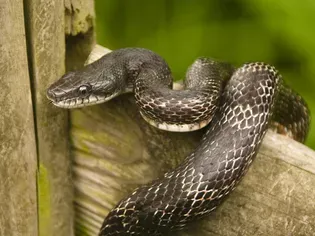
Pet Snake Species
Black Rat Snake: Species Profile

Pet Snake Species
How to Care for a Pet Corn Snake

Pet Snake Species
Do Ball Pythons Make Good Pets?
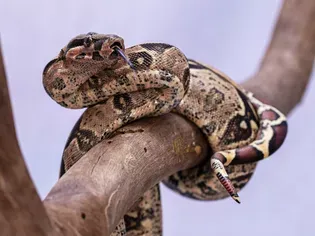
Pet Snake Species
Central American Boa Species Profile
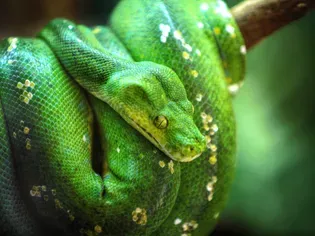
Pet Snake Species
How to Care for a Pet Green Tree Python
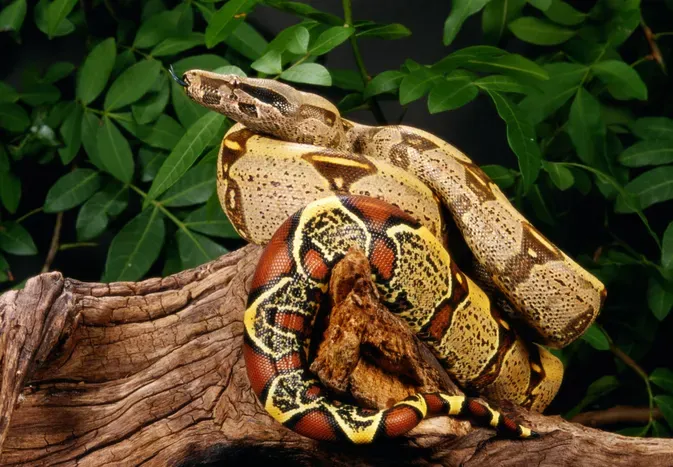
Pet Snake Species
Red Tail Boas
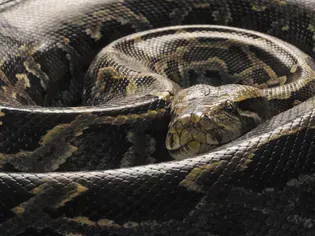
Pet Snake Species
Burmese Pythons: Species Profile
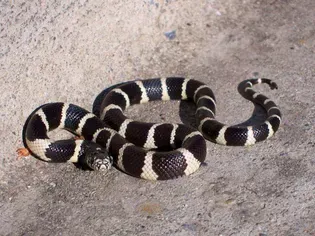
Pet Snake Species
Kingsnakes and Milk Snakes: Species Profile